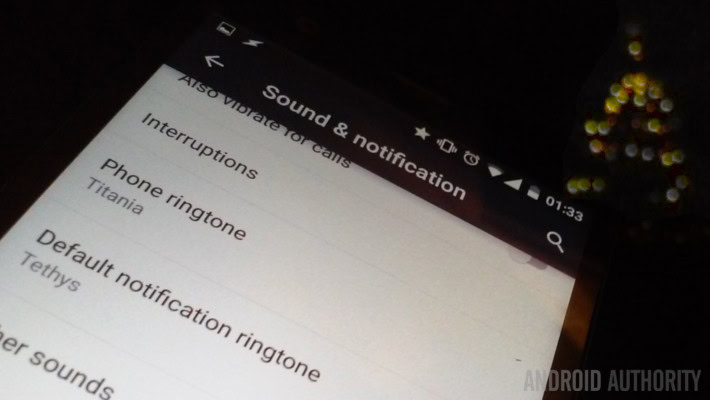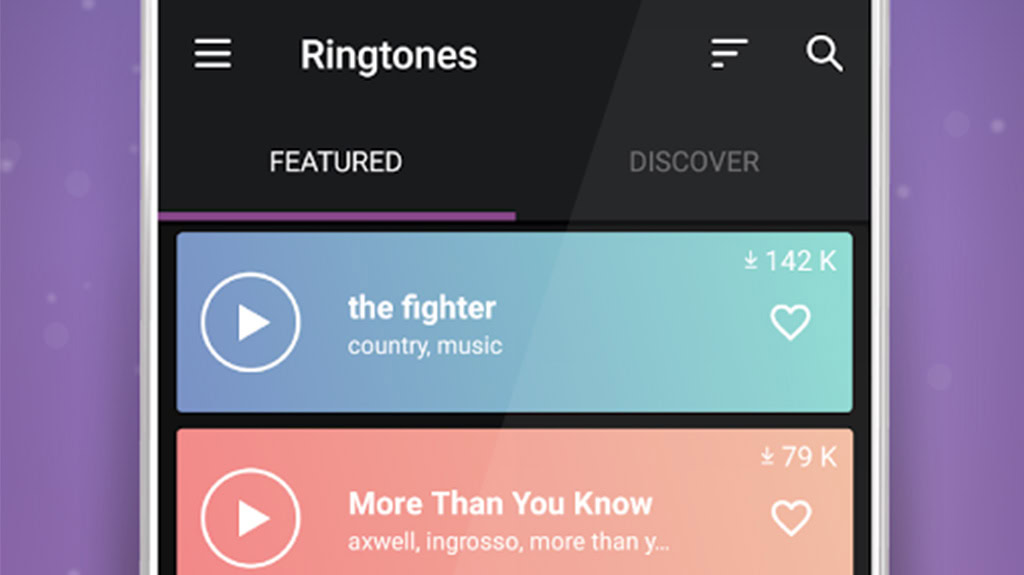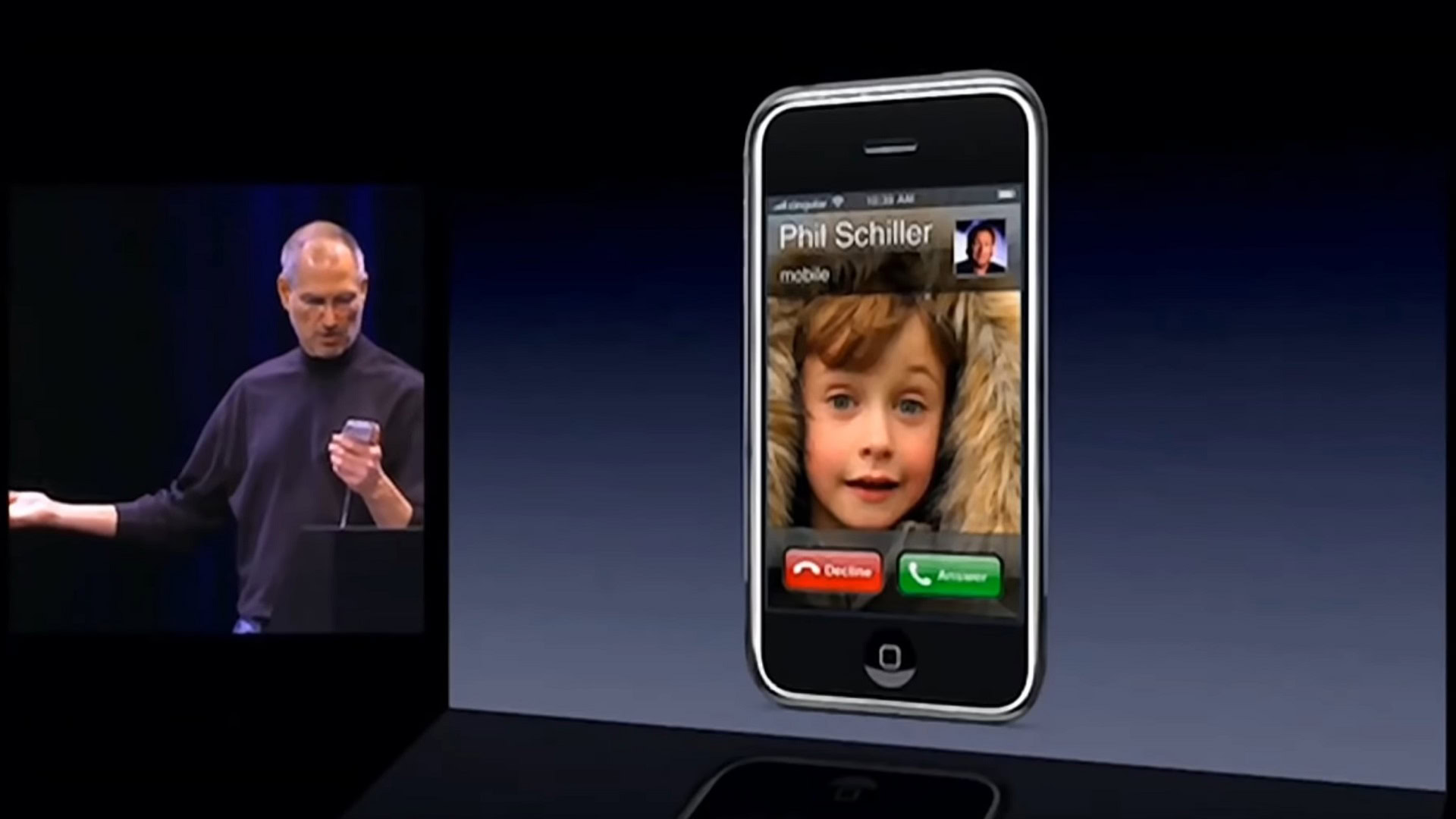Affiliate links on Android Authority may earn us a commission. Learn more.
#TBT The life and death of custom ringtones
Published onOctober 31, 2019

For those of us above a certain age, custom ringtones were a rite of passage. Blasting your favorite tune from your flip phone was as critical to your identity as your MySpace profile (and equally cringe-inducing in retrospect).
But what happened to these little snippets of self-expression? Today, having your phone make any noise at all in public is a source of embarrassment, despite it being easier than ever to get music on your phone.
To really understand how a once massive industry went quietly into the night, we have to go back to the very beginning.
A brief history of custom ringtones
Custom ringtones were first made available in Japan with the Digital Minimo D319 in 1996. The basic flip phone had a few preset MIDI tunes, but the real revolution was the ability to input new ringtones using the number pad. This rudimentary customization was massively popular, with a book about how to recreate popular songs with simple beeps and boops selling more than 3.5 million copies.
Read also: 5 best apps for notification tones and ringtones!
The idea wouldn’t catch on in the West until 1998, when a Finnish man named Vesku-Matti Paananen figured out a way to send simple MIDI files to his Nokia phone via Smart Messaging. Vesku pitched his service to Finnish wireless provider Radiolinja, who helped him scale the idea up to the masses.
By 2004, ringtones were a $4 billion industry.
Of course, up until this point ringtones were all monophonic, meaning they could only play one note at a time. The first polyphonic phone capable of playing two or more tones at once was the Nokia 3510 in 2002, which revolutionized the custom ringtone industry.
Polyphonic ringtones truly kicked off the golden age of custom ringtones. With individual ringtones selling for as much as five bucks, the industry grew to an estimated $4 billion in 2004. Market leader Zingy reported that they sold as many as 2.5 million ringtones per month.
Zingy and others ringtone companies weren’t the only ones making big bucks off this new digital product, mobile service providers and the music industry also capitalized on the popularity of ringtones. Service providers got a cut of sales and largely controlled distribution, while the music industry collected licensing fees on ringtones based on popular songs.
The rise of truetone

The music industry took an even bigger role when the next evolution of ringtones, called truetones or mastertones, hit the market. These were just small snippets of a song in mp3 or WMA format, so companies no longer needed to hire composers to remix popular tracks, they could just release them as ringtones immediately.
The average cost of a ringtone -- $2.50. A full mp3 of a song -- $.99.
Truetone sales helped support the music industry through the roughest years of illegal downloading. Record labels could cut out the middleman (ringtone companies and service providers) and sell truetone ringtones directly to the masses. These ringtones could also serve as promotion for upcoming singles, and often outsold the singles themselves.
The recording industry leaned hard into ringtones as a result. A new Billboard Ringtone chart listed the most popular tracks, with 50 Cent’s “In Da Club” taking home Billboard’s first Ringtone of the year award in 2004. The RIAA officially introduced the Master Ringtone Sales Awards in 2006, and Gold and Platinum records were distributed for ringtone sales for the first time.
At this point the Truetone industry alone was estimated to grow to $6.8 billion by 2010. The average cost of a ringtone — $2.50. A full mp3 file of a song — $.99.
On top of the world — Interlude
Let’s take a moment to fully appreciate this specific moment in musical history with a playlist of some of the most popular ringtones of the era. Please enjoy.
2005
2006
2007
2008
2009
2010
With that out of the way, let’s continue to the downfall of custom ringtones.
The day the music died

It was with the release of the iPhone that the popularity of custom ringtones began slowly evaporating. The original iPhone had a simple way to make ringtones from songs via iTunes, and others smartphones soon followed suit. Sales plummeted, and companies like Zingy shut their doors for good a few years later.
Billboard stopped tracking ringtone performance in 2014, when the top track was Taylor Swift’s earworm “Shake It Off”. Today the industry is all about streaming, and Billboard has responded by tracking the most streamed songs alongside digital downloads and traditional sales. Ringtones were quietly swept under the rug, and are now a simple footnote in the history of cell phones.
Nowadays it’s rare to hear a custom ringtone in public, and it almost always elicits an eye-roll. Now that smartphones are completely ubiquitous, there are other ways to show off your style that don’t annoy the person sitting next to you on the bus (namely wallpapers and phone cases).
If you’re like me though, you just can’t be bothered to set up custom ringtones. On the off chance that I receive an actual phone call instead of a much-preferred text message or WhatsApp, my phone is permanently kept on silent. It’s probably just a robo-caller, anyway.